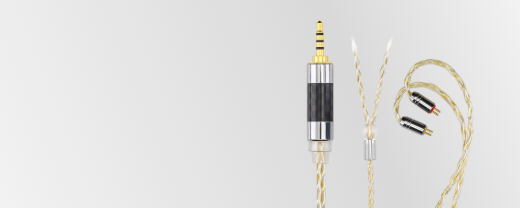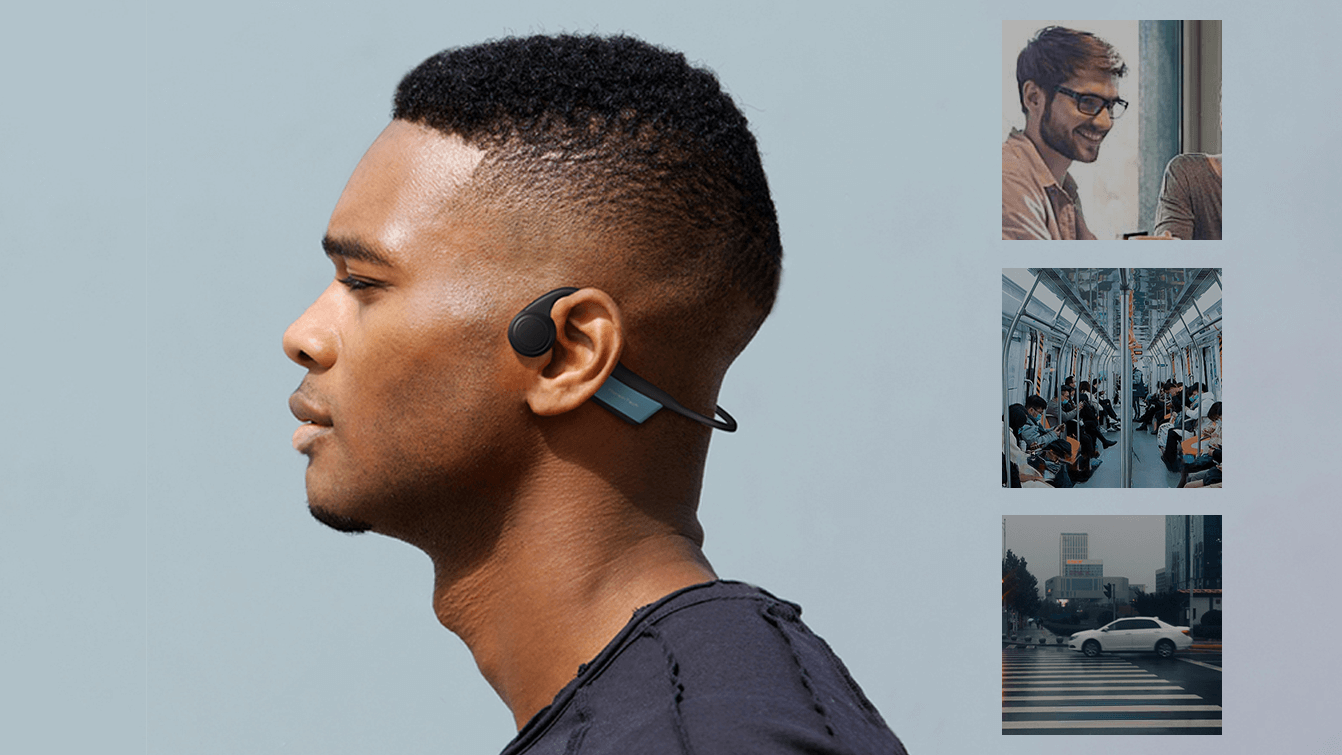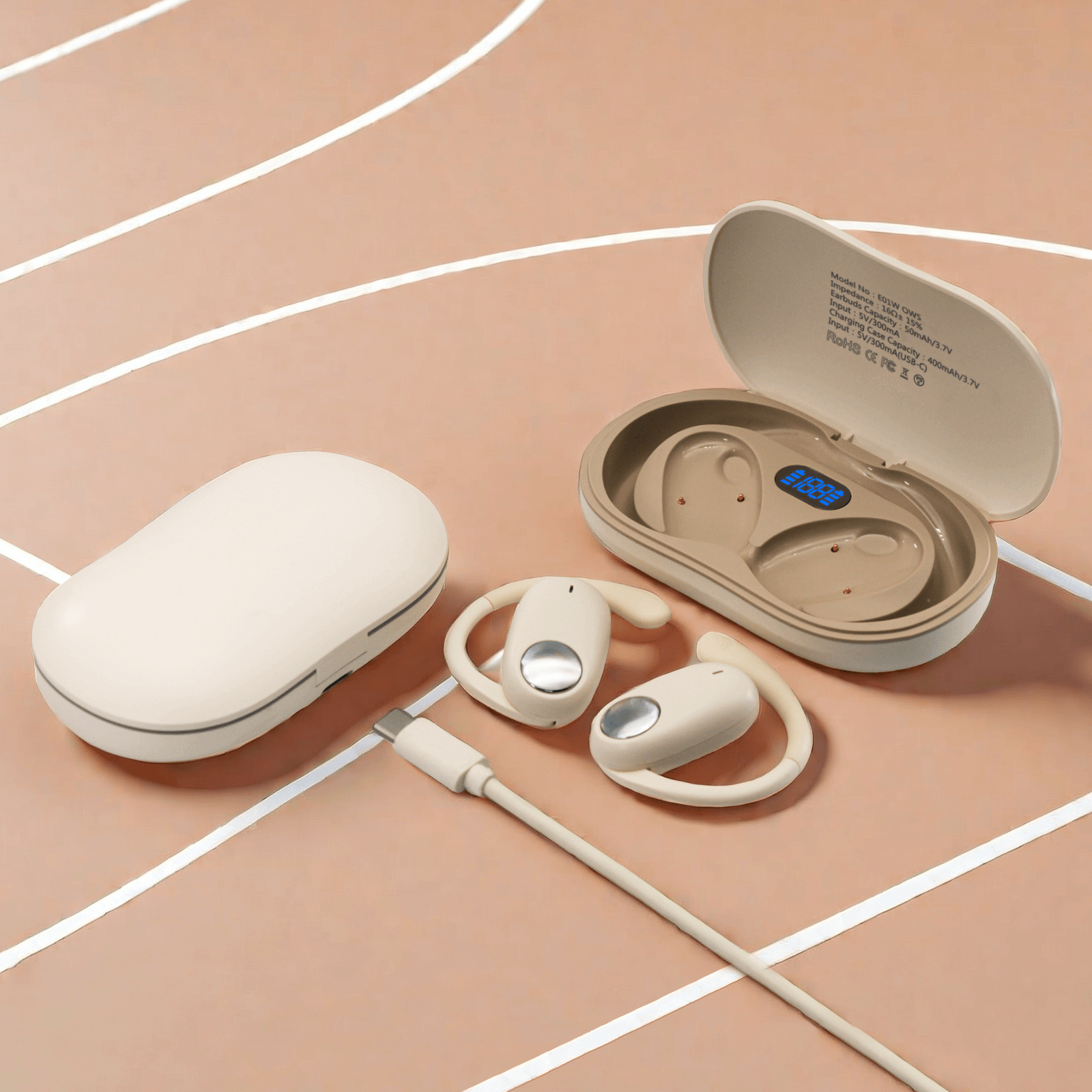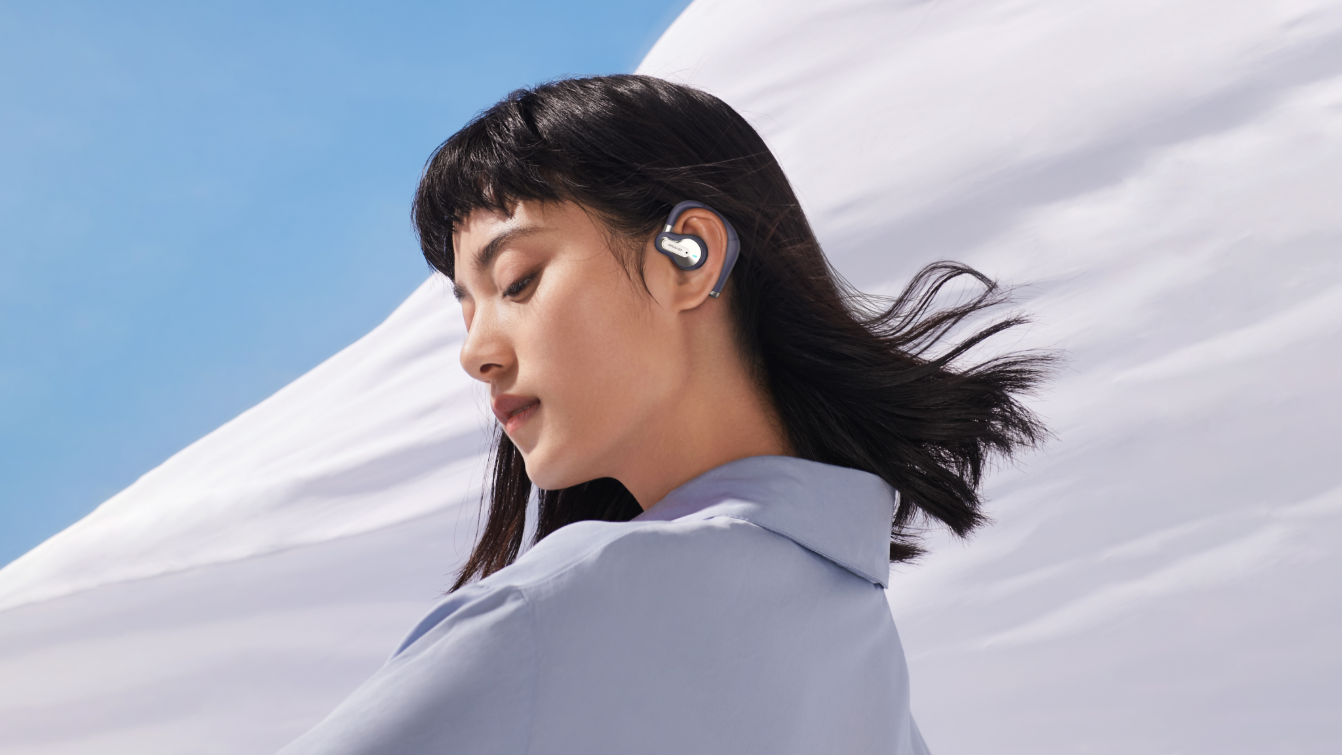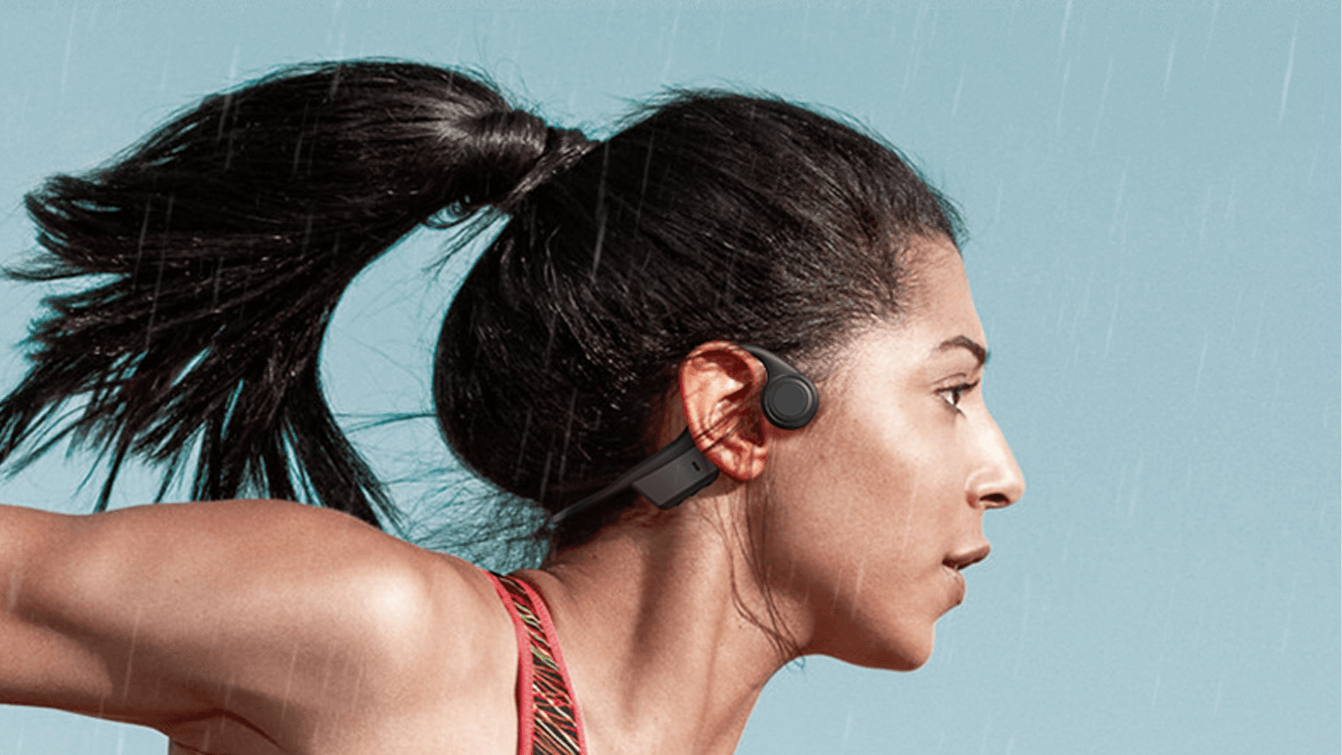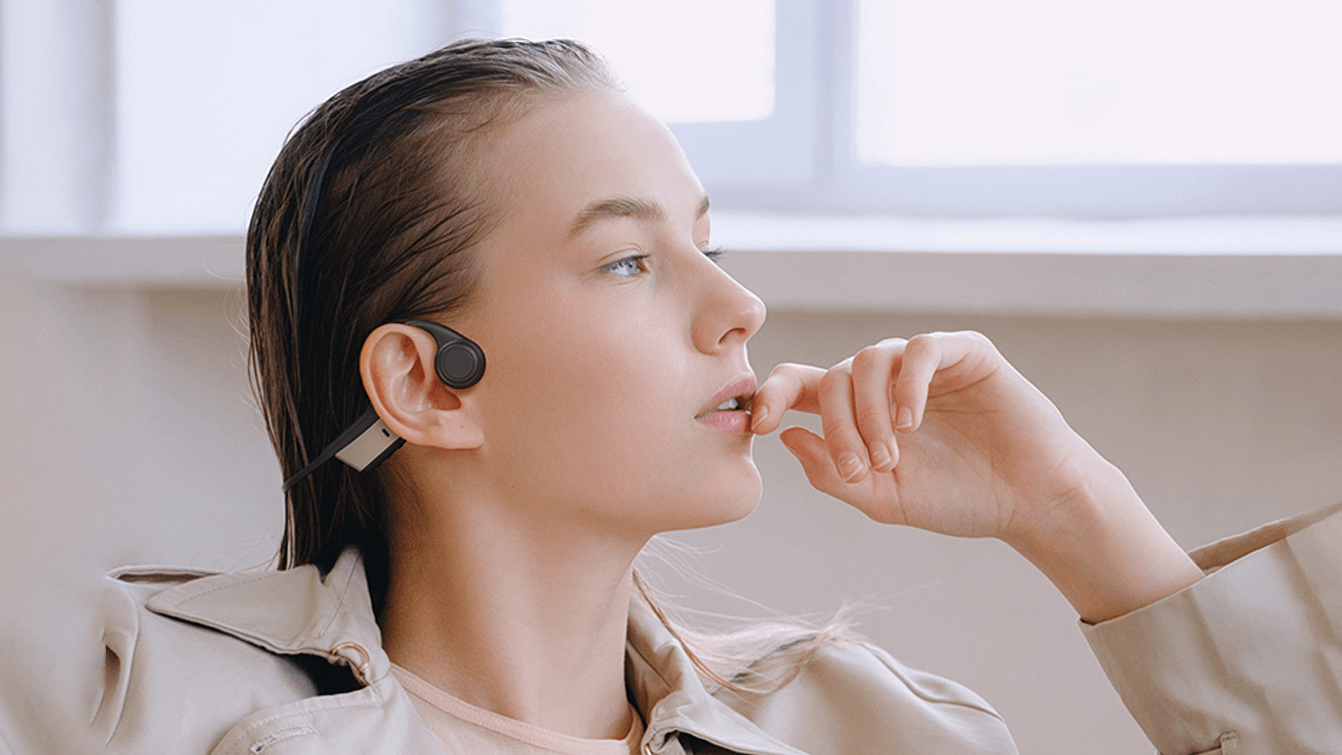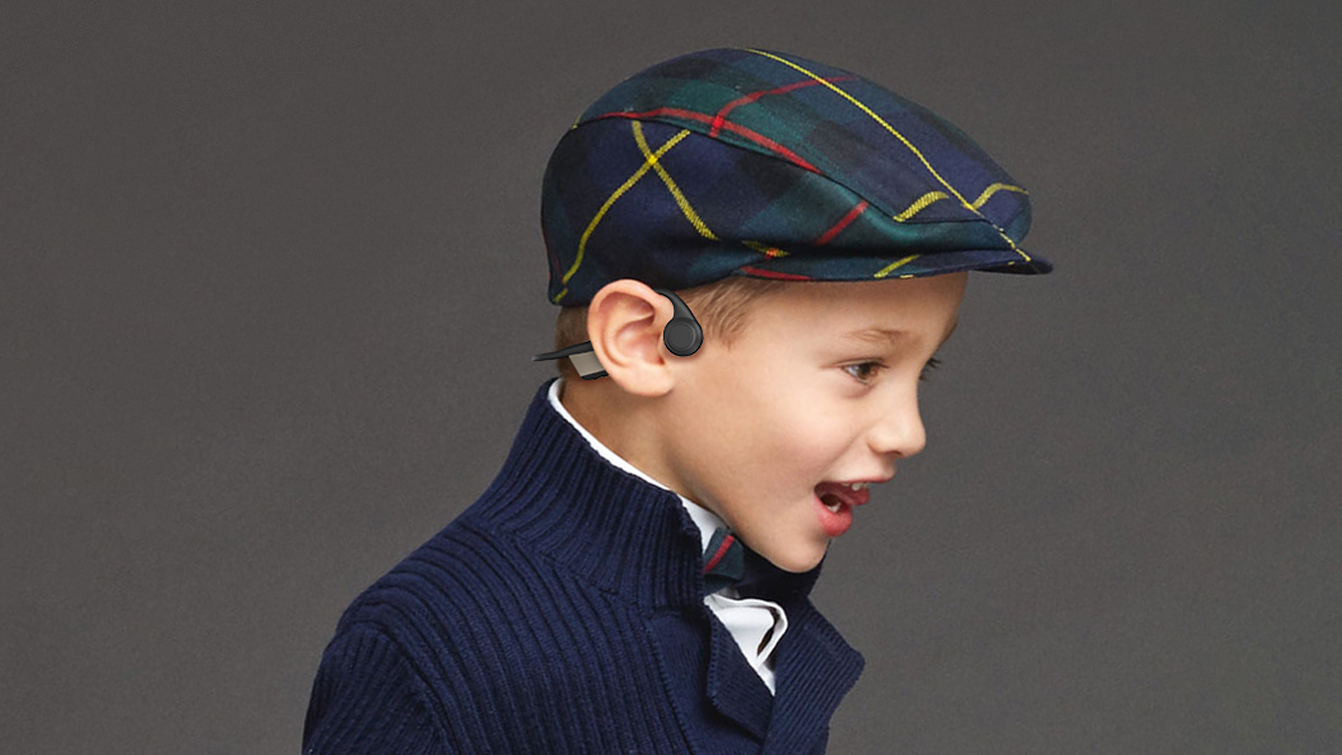
-
Home > NEWS > Industry News
The best way to exercise with headphones
The best way to exercise with headphones
Things about wearing headphones during running!
Runners always have some obsessive-compulsive disorder, such as feeling uncomfortable if they don't run for three days, having an extraordinary obsession with distance, and wearing headphones when running.
It's no exaggeration to say that a pair of headphones has long become a must-have for many runners. They feel uncomfortable if they don't listen to something while running. At the start, the melody is light and lively, and the running gradually gets better; when it's hearty, the music arouses fighting spirit, and the footsteps and rhythm are in sync.
So today, let's talk about "Things about wearing headphones during running".
01: Can music really improve athletic performance?
Of course!
I believe many friends have felt the same way. Listening to music while running can not only eliminate the boredom of alternating feet, but the rhythm can also make your every step more powerful.
Quickly enter the state of exercise
A study on "the impact of listening to music before exercise on exercise" found that even listening to music for a while before exercise can improve athletes' athletic performance.
Playing some music before exercise can help wake up the brain and body, and greet the upcoming run in an excited state. At the same time, music can also prompt the brain to self-regulate, especially before the game, which can effectively relieve tension, enhance motivation and confidence in exercise.
Reduce the perception of fatigue
During exercise, music often has a certain excitatory effect. Under fast-paced music, the body's ability to resist fatigue during high-intensity exercise will increase by about 6.5%.
External music stimulation can divert your attention from your tired body, thereby blocking the internal stimulation factors such as "fatigue" from taking effect. Therefore, many people can still hold on for a while under the blessing of music even if they are exhausted.
Helps to maintain the running rhythm
Under the influence of music, our body often performs self-suggestion, trying to make its own pace consistent with the beat of the music it hears. Just like music with a relatively fast rhythm always makes it easier for people to run unconsciously, music with a rhythm that matches your own pace can help you better control your pace and establish a rhythm.
Most runners have a cadence between 160 and 180, so it is recommended to use music with a BPM (beats per minute) in the same range when running.
Increase the pleasure of running
Music plays an important role in improving negative emotions during running and increasing the pleasure of running. Running while listening to music always allows people to immerse themselves in the state of enjoying running.
Many runners have their own carefully selected running playlists. Favorite singers, favorite styles, beautiful melodies, and the freshness between music switching all add more fun to running.
Accelerate recovery after running
When the run is over, the music can still continue. Studies have shown that listening to soothing music for 20 to 30 minutes after exercise can help the body transition from the state of exercise to the state of calm faster.
When stretching or massaging, music with a slower rhythm is like a soothing agent for physical fatigue, allowing you to recover better and faster.
02: Will wearing headphones frequently damage hearing?
We often have such doubts - whether it is a daily short-distance jog of three or five kilometers, or a LSD of dozens of kilometers or a marathon that takes several hours, will it damage our hearing if we are inseparable from headphones? In fact, it depends on two factors: volume and time. The normal voice of a normal person is about 40 to 60 decibels, but in a noisy outdoor or public transportation environment, the volume of people wearing headphones often reaches more than 85 decibels. Since there is a certain amount of noise in the external environment itself, if you want to hear the sound in the headphones clearly, you must increase the volume, which will inevitably cause excessive stimulation to the ears. Studies have shown that if you stay in an 85-decibel sound environment for more than 8 hours, it will cause irreversible damage to your hearing. The louder the volume, the shorter the "safe time" and the more serious the damage. The World Health Organization recommends that people can use headphones according to the "60-60 principle", that is, control the volume of the headphones below 60% of the maximum volume, and do not listen continuously for more than 60 minutes to give your ears a proper rest. 03: How to choose the right headphones? When choosing running headphones, the first thing to consider is the design.
A qualified headphone design should be able to withstand sweat and dust, as well as a certain degree of rain, be reliable and durable, and fit your ears comfortably while you run.
Earbud-style and in-ear wireless headphones are light and compact, and are almost burdenless to wear. Ear-hanging or neck-hanging wireless headphones, as well as bone conduction headphones, are more stable, but correspondingly, the comfort during long-term running is slightly inferior.
The second is battery life.
For Bluetooth headphones, battery life is one of the biggest differences from wired headphones, and it is also an important performance that many runners will pay attention to. After all, no one wants to encounter the embarrassment of music stopping abruptly halfway.
Finally, there is audio performance.
Although runners will not pursue the sound quality of sports headphones like music enthusiasts, better audio performance will undoubtedly bring better listening enjoyment.
For example, bone conduction headphones are deeply loved by runners because they do not need to be plugged into the ears and retain ambient sound. But because of this, the listening experience will be poor in a noisy outdoor environment, and also when making and receiving calls.
Of course, if you pursue audio quality and choose headphones with noise reduction function, please try to choose a closed place to ensure safety for training.
04: What should you pay attention to when wearing headphones while running?
Choose music that suits your running rhythm. Listening to music can certainly make people excited, but it is also easy for people to run high accidentally, and for long-distance running, it is important to keep the rhythm.
Try to turn down the volume when running. First, too loud volume is a burden on the ears. Second, the outdoor environment is complex. When listening to music with headphones, people's perception of the outside world will be weakened, and there are certain safety hazards, especially on urban roads with cars coming and going.
Try to choose closed places when wearing headphones. For example, parks with running tracks, indoor treadmills, track and field stadiums, etc., try to avoid danger as much as possible.
Pay attention to the cleaning and maintenance of headphones. Sweat during exercise is more likely to breed bacteria, especially in-ear headphones. It is best to clean sweat stains and dirt regularly.
So, do you wear headphones when running? What do you like to listen to the most?
Get the latest price? We'll respond as soon as possible(within 12 hours)




